
Soil conservation measures for adopting climate change
Soil conservation measures for adopting climate change
Deepak Singh, Pawan Jeet, Nisha Singh, Anupam Barha, Devideen Yadav
Introduction
Soil conservation is the practice of preserving and protecting the soil from degradation and erosion. In India, soil degradation is estimated to be 147 million hectares (Mha), including water erosion (94 Mha), acidification (16 Mha), flooding (14 Mha), wind erosion (9 Mha), salinity (6 Mha), and others factors (7 Mha). Climate change is leading to an increase in severe weather events, such as heavy rainfall and prolonged periods of drought, which can cause soil erosion and degradation. Adopting suitable soil conservation techniques is important in mitigating the impacts of climate change on soil health and preserving soil resources for future generations. Some of the soil conservation techniques that are suitable for adapting to climate change include:
Cover Cropping: Cover crops can be used to protect soil from erosion by reducing the impact of raindrops, reducing the amount of water that infiltrates the soil and slowing the rate of runoff.
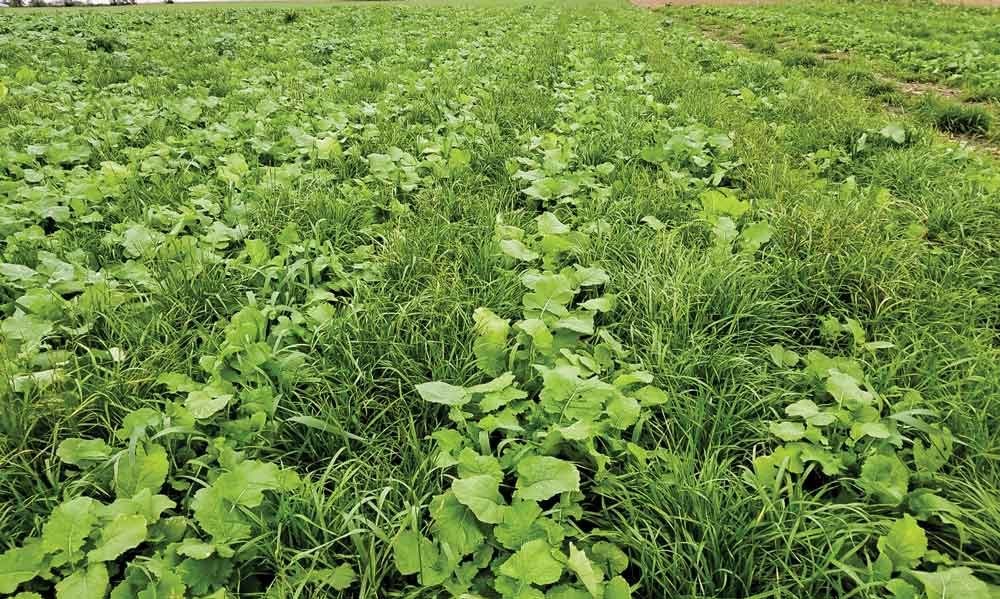
Terrace Farming: Terrace farming involves creating stepped levels on sloping land to reduce soil erosion and improve water retention. Terrace farming can also help farmers adapt to changes in precipitation patterns by improving water management.

Conservation Tillage: Conservation tillage involves leaving plant residue on the soil surface to protect it from erosion and conserve moisture. This technique is particularly useful in regions that are experiencing increased rainfall and runoff.
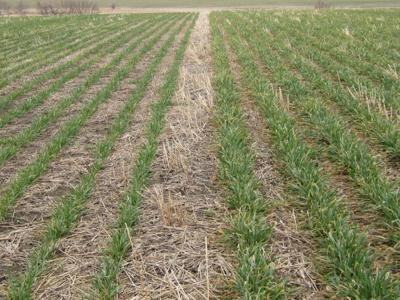
Rainwater Harvesting: Rainwater harvesting involves collecting and storing rainwater for later use. This can help farmers conserve water and reduce the impact of drought during dry periods.
Agroforestry: Agroforestry involves integrating trees into agricultural landscapes. Trees can help reduce soil erosion by providing shade and protecting the soil from heavy rainfall.

Green Manure: Green manure involves growing crops specifically for the purpose of tilling them into the soil to improve soil health and fertility. This technique is useful in adapting to changes in precipitation patterns by improving soil moisture retention.
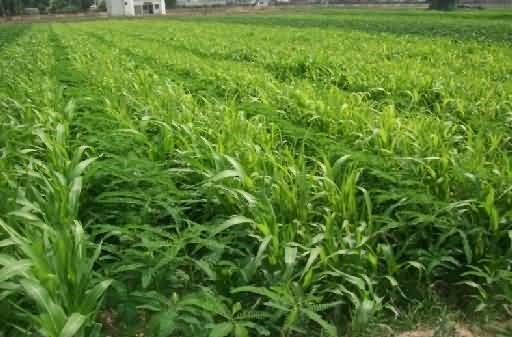
Mulching: Mulching involves the covering of soil with organic/inorganic material such as leaves, grasses, rice straw and vice versa, to reduce erosion and conserve moisture.

In addition to the above techniques, other soil conservation measures that can be used to adapt to the impacts of climate change include:
- Contour Plowing: Contour plowing involves plowing parallel to the slope of the land, instead of up and down the slope, to reduce soil erosion. This technique is useful in regions with high rainfall and runoff.
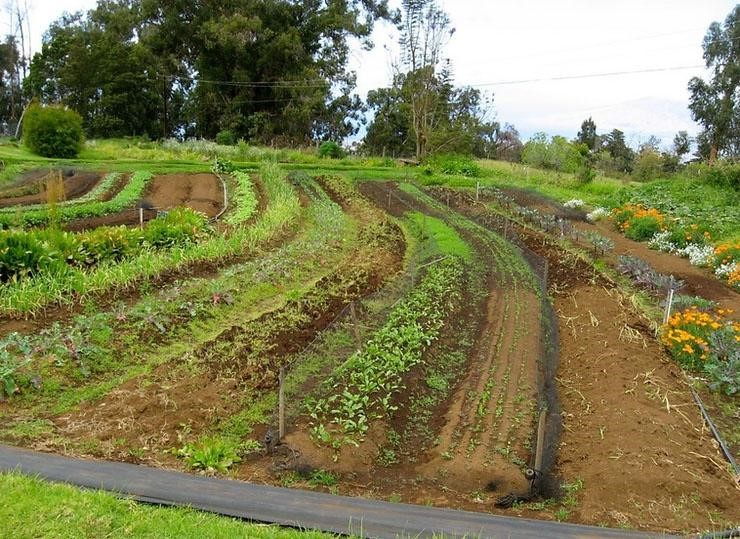
- Windbreaks: Windbreaks involve planting trees or shrubs in a line to protect crops from wind damage. Windbreaks can also reduce soil erosion by slowing wind speed and protecting the soil from wind-blown rain.
- Soil Erosion Control Structures: Soil erosion control structures, such as sediment basins, check dams, and diversions, can be used to slow runoff and reduce soil erosion. These structures are particularly useful in areas with high runoff and erosion potential.
- Gully Control: Gully control involves stabilizing and restoring gully erosion sites. This technique can help reduce soil erosion and protect water resources by reducing the amount of sediment that enters streams and rivers.
- Crop Rotation: Crop rotation involves alternating crops each year to improve soil health and fertility. This technique can help farmers adapt to changing climate conditions by reducing the need for tillage and increasing soil moisture retention.
- Organic Farming: Organic farming involves using natural methods to improve soil health and fertility. This technique can help reduce soil erosion by improving soil structure and reducing the need for tillage.
- Intercropping: Intercropping involves growing multiple crops in the same field. This technique can help reduce soil erosion by improving soil structure and increasing soil moisture retention.
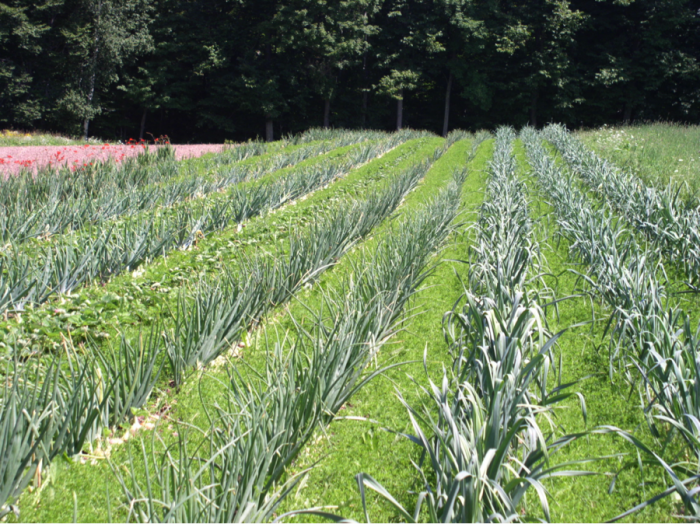
These soil conservation techniques should be integrated into a comprehensive land use plan that takes into account the specific needs of each region and the impacts of climate change. Effective soil conservation requires a multi-faceted approach that involves the use of a variety of techniques tailored to local conditions and the specific needs of each farming community.
Conclusion
Soil conservation measures play a crucial role in addressing the impacts of climate change on soil health. By adopting conservation tillage practices, effective soil moisture management techniques, sustainable land use practices, and soil restoration efforts, can help farmers, preserve soil health and fertility, reduce soil erosion, reduce soil degradation, protect soil resources for future generations and mitigate the negative impacts of climate change.Top of Form


